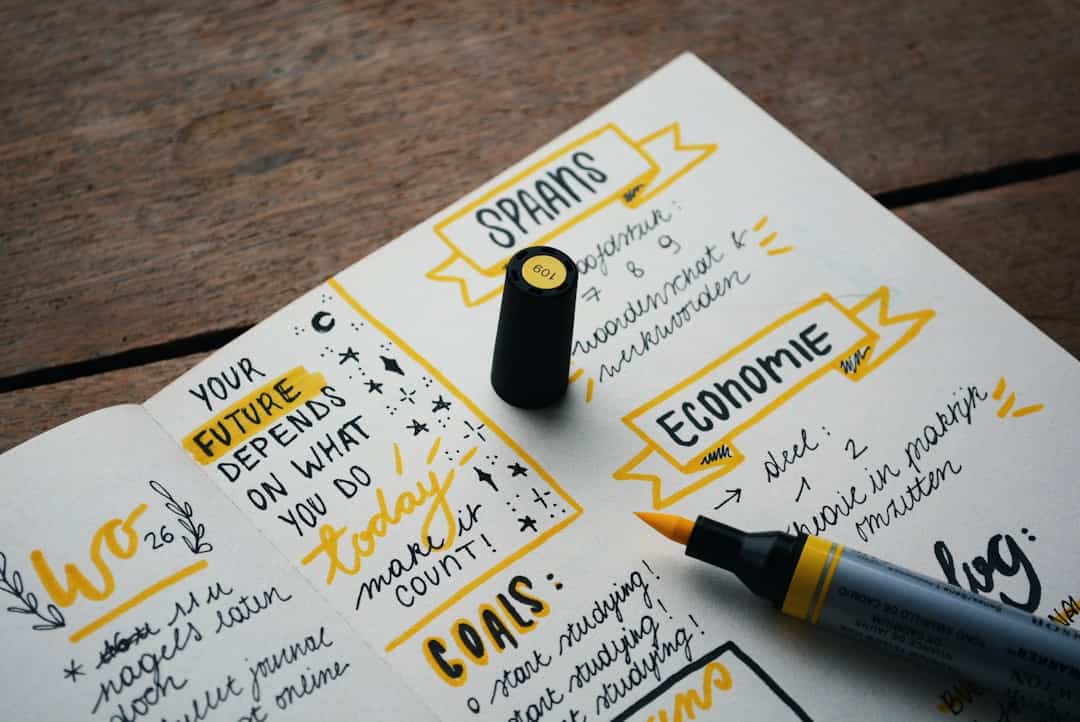Creating custom software is difficult for the care home business because it’s a specialist area that includes regulations about privacy regarding the confidentiality of patient files. Care providers and staff working in the field need to deal with the people under their care in a kind and caring manner.
Providing Administration Oversight
The users of care home software may include care home administrators and staff taking care of the elderly in residential care homes or nursing homes, along with mental health facilities and learning difficulty centres.
Administrators can maintain a complete health record for each person under their care within a given facility. Health metrics are accessible that pulls together important information gathered while an individual, or ‘user’, is staying in one of their facilities.
Being able to see the current status, recent activity logs, and basic health information for each person makes it much easier for the people accessing the software. Staff can pull up the necessary records to verify how each person is being cared for, what they’re being cared for, and an update on their condition. In so doing, a full review of all people in a care facility is possible.
Care Logs on a Daily Basis
Medical records used to be written on a chart that hung on a clipboard at the end of the bed. Thanks to the evolution of technology, along with a better understanding that medical records should be kept more confidential, health records are now maintained securely within the software.
For staff, any action taken for a person under their care is logged into care home software. Therefore, there’s a historical record of everything performed by staff on behalf of the person in their care. This could be helping with their medications, bathroom activities or adding observational notes about their anecdotal experience through spending time with the end user of mental health or nursing home facilities.
A complete care note is added each time. Staff can be guided through the data fields to complete. This ensures that the right information is collected and entered, which will be useful when reviewed by other staff at a later time.
No Longer Forget Important Tasks
Nurses and attendants in residential and nursing care home facilities may run into difficulties with changing shifts covering people staying in the facility.
Just like in the case of ‘Chinese whispers’, much can be lost when one shift ends and another begins. The information is incomplete or incorrectly passed along to a second member of the care staff and when going from a night shift to a weekend one, the information may become dangerously inaccurate in some cases.
With a To-Do list maintained for each user of the care facility, the list of tasks to be performed tracks the person and not the member of staff. When caring for people across multiple shifts and staff members, this turns out to be a much-improved way to manage outstanding tasks.
When a staff member comes on their shift, they don’t even need to overlap the previous staff member or discuss each user of the care home individually. Instead, they can simply refer to the To-Do list for that user and their care log where necessary, to see what’s been done recently and the tasks that remain.
Tasks can be marked with a date to provide reminders to avoid them being forgotten. Any overdue tasks can also remind the staff from a centralised screen displaying all overdue items or ones due that day. This is a considerable improvement over the way care homes operated in the past.
Global Tasks Lists
The separation of user tasks for people staying at the care home and global tasks that must be performed for the facility as a whole is a new thing in care home software.
The idea is that some tasks don’t relate to one person, but people as a group or the facility as a whole. That might mean sticking to set times for meals, prescription medication or doing the rounds with tea and biscuits.
It might also relate to a reminder for administration staff to renew the insurance policy for the home or to set the work rota for the month, including planned holiday times to avoid staffing surprises. This type of reminder helps avoid missing something important and getting a nasty surprise when there is not enough staff available for a certain shift.
Digital or Using Printouts
Getting physical printouts for key pieces of information is still a useful thing for people who don’t want to juggle an expensive tablet but still need certain information to hand. Being able to run off reports and print them out is a useful feature too.
Care home software is revolutionising how care businesses are operated. While they used to be criticised as inefficient, the modern care home is leaps and bounds better than the past because it has access to the latest software innovations.




